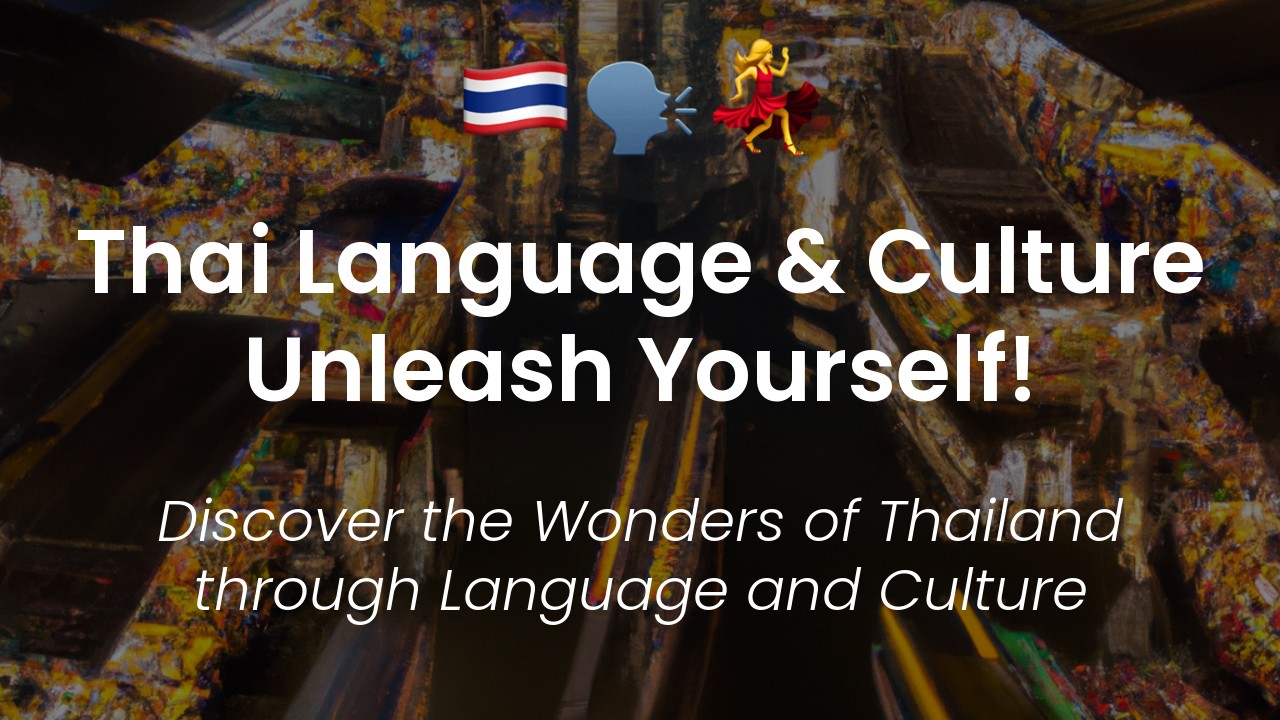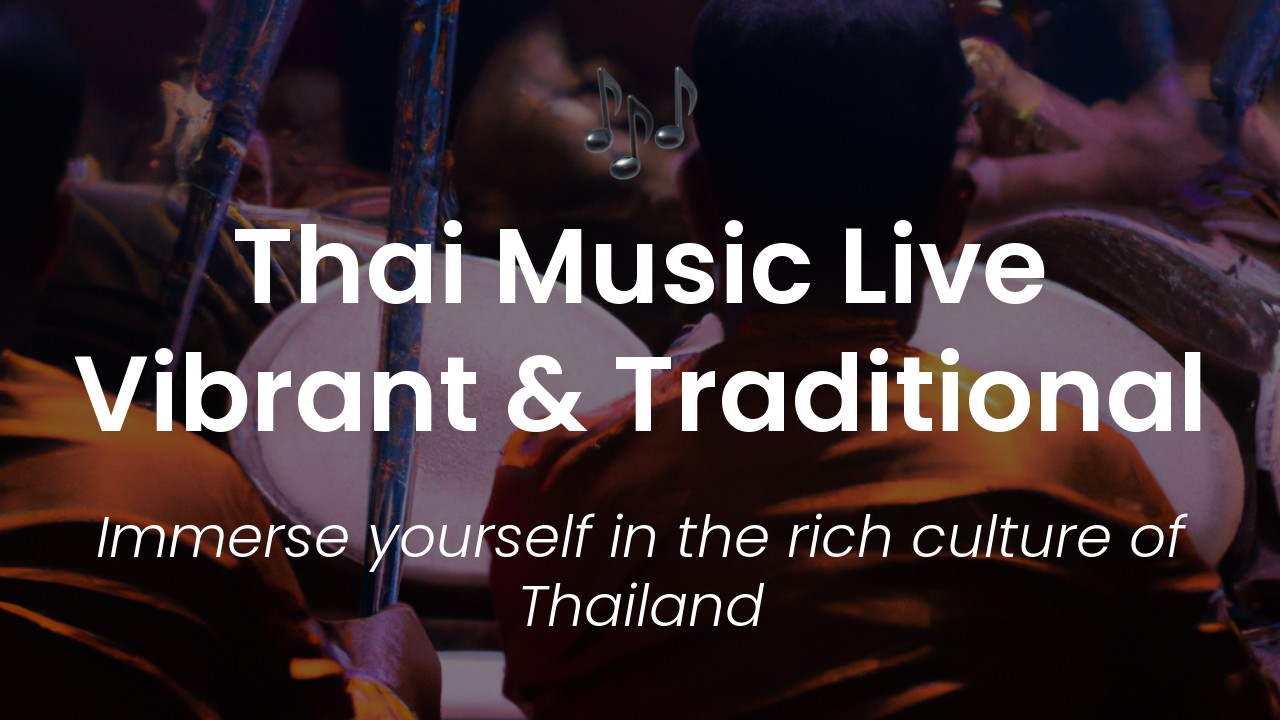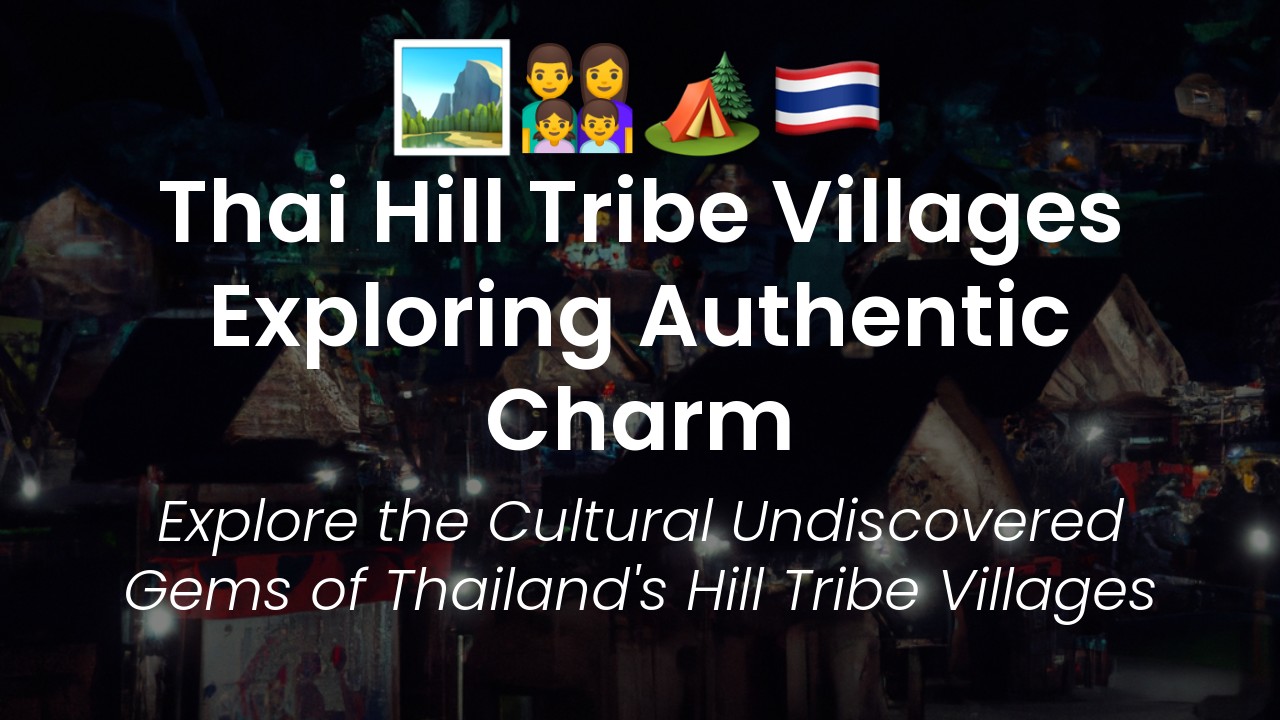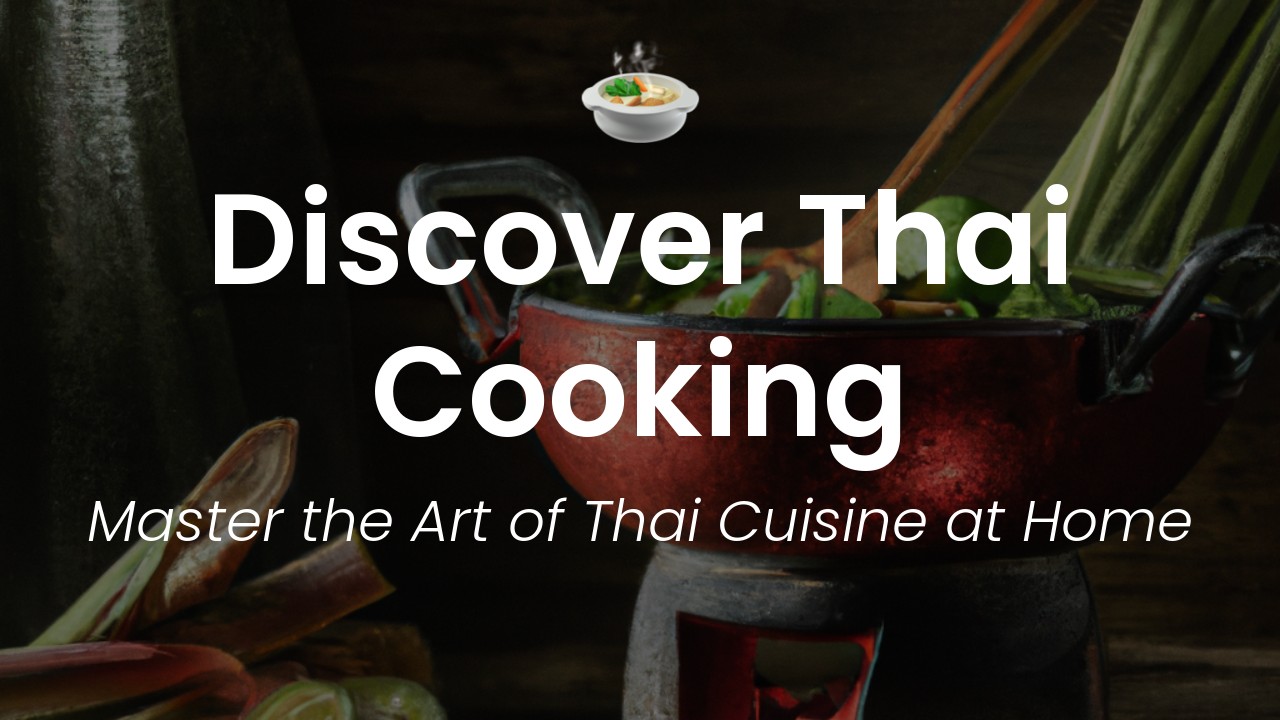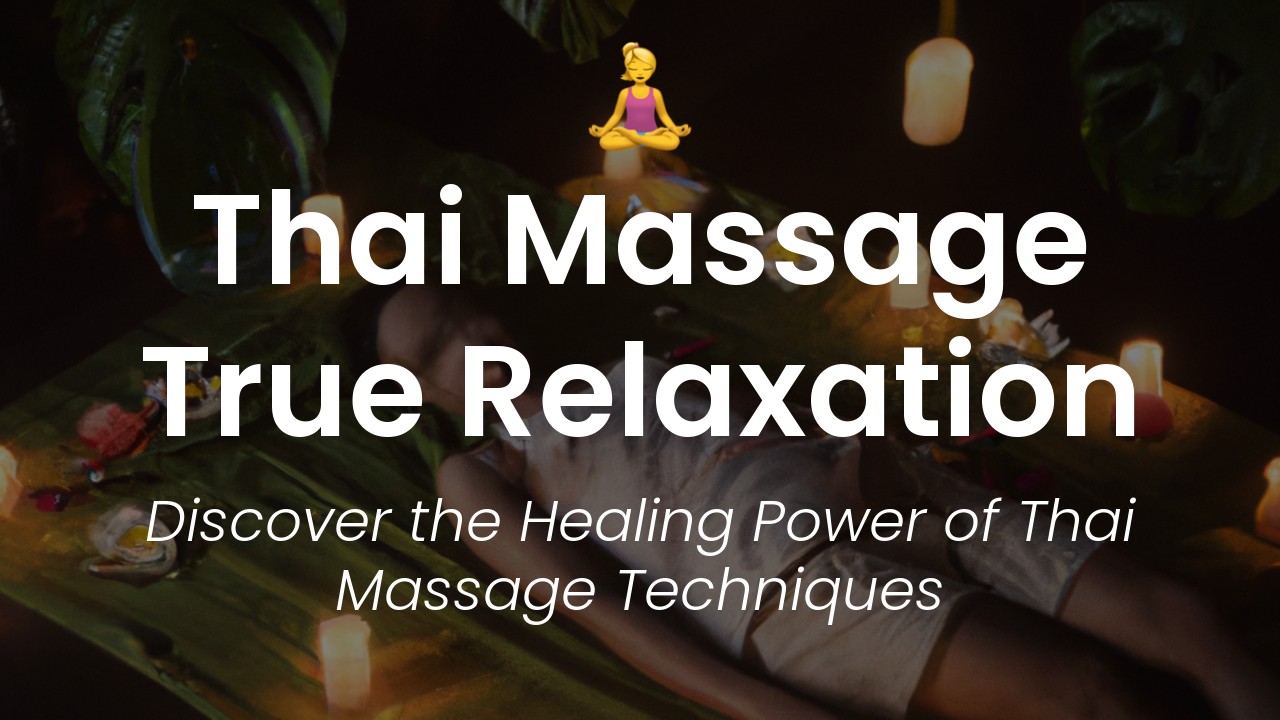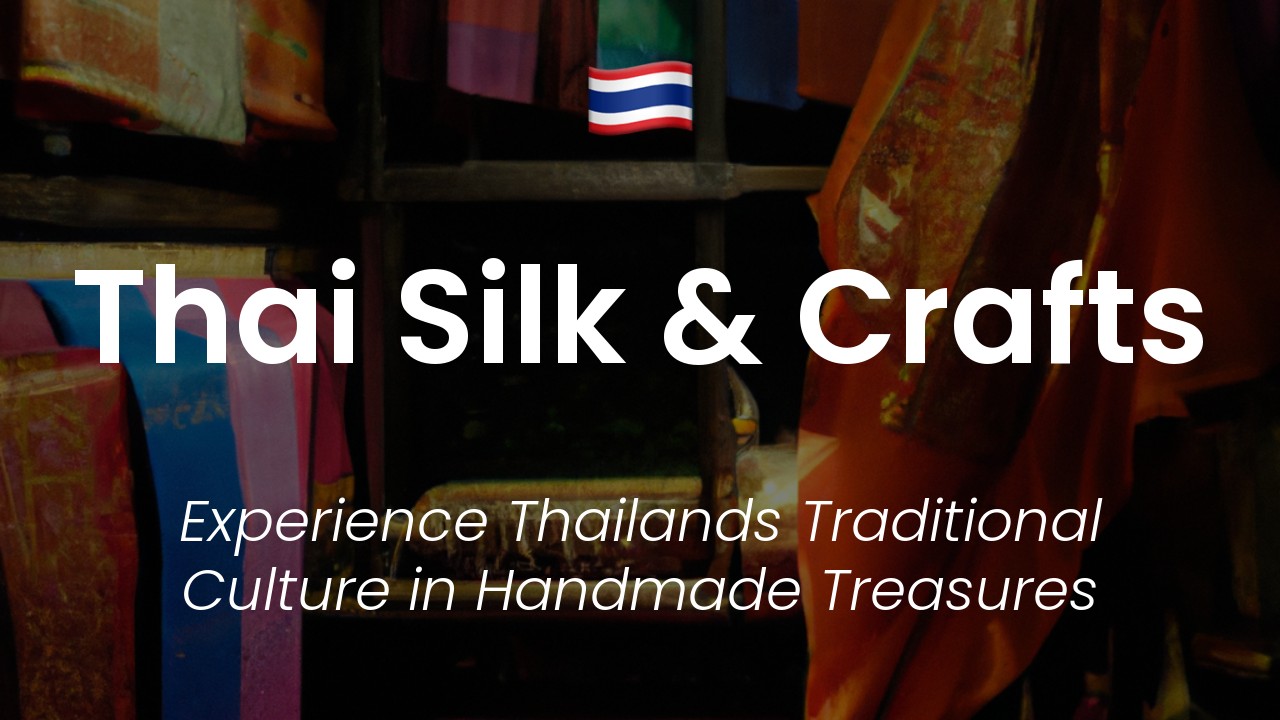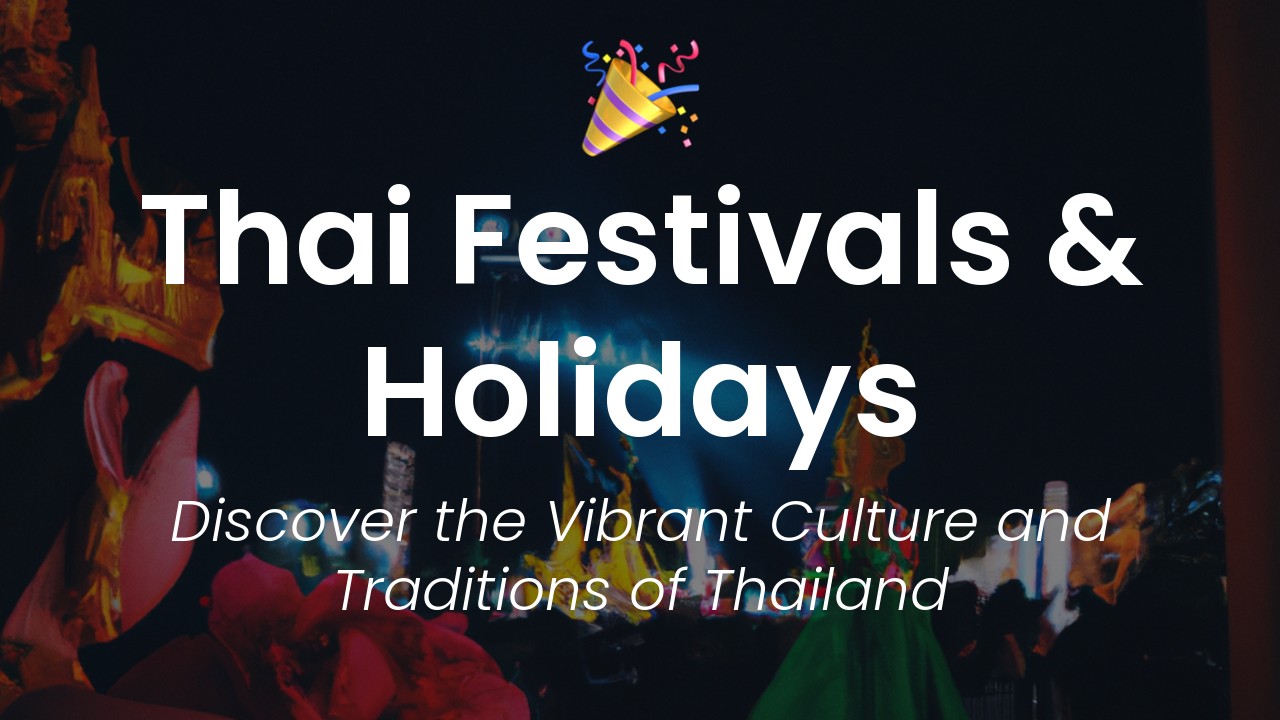Sawaddee Ka! I'm Sirinya, and I'm here to invite you to unleash your inner Thai! There's no better way to dive into a country's culture than by learning its language. And if you're planning to visit Thailand or you're simply interested in Thai culture, then you've come to the right place.
Thai culture is unique, vibrant, and full of fascinating customs and traditions. It's a land of smiles, beautiful temples, amazing street food, and friendly people. One of the best ways to get a deeper understanding of Thailand is by learning the language. Thai is a tonal language, which means that the meaning of the words changes depending on the tone of your voice. And despite its challenges, learning Thai is a rewarding experience that will give you a better insight into the local culture and traditions.
In this article, I'll share my own journey of learning Thai and how it has helped me to understand the country and its people better. I'll also provide you with some tips and tricks on how to get started with learning Thai and how to enrich your journey with cultural experiences. So, whether you're a complete beginner or an intermediate learner, join me in this journey of discovery and let's unleash our inner Thai together!
Cultural Norms and Customs
As a language and culture enthusiast, I have always been a firm believer that the best way to truly experience any country is to learn about its customs and beliefs. And when it comes to Thailand, a land steeped in tradition and cultural heritage, understanding its customs is even more important. In this section, I'll let you in on a few highlights of Thai culture.
Respect for Elders
In Thai culture, respect for elders is very important. When you first meet someone who is older than you, it is customary to show your respect by greeting them with a "wai" (pronounced "why"). To do this, you bring your hands together in front of your chest, bow your head slightly and say "sawadee kahp" (if you're male) or "sawadee ka" (if you're female).
Food in Thai Culture
Thailand is home to some of the most delicious food in the world. From spicy soups to fresh salads and sweet desserts, Thai cuisine has something for everyone. In fact, food is such an important part of Thai culture that it is often considered a form of art. Thai people often say that there are four main flavours in food: sweet, sour, salty and spicy. Many Thai dishes incorporate all of these flavours.
The Importance of Buddhism
Buddhism is the dominant religion in Thailand, and it plays an important role in everyday life. Temples, or "wats," can be found all over the country, and many Thai people make regular visits to them. It is also customary to show respect to Buddhist images and statues by bowing your head and placing your hands in a wai.
Basic Thai Vocabulary
Learning basic Thai vocabulary is the first step towards unlocking the secrets of Thai culture. Whether you're traveling to Thailand for a short holiday or planning to live there for an extended period of time, knowing a few key phrases will help you navigate the country with ease.
Greetings
One of the most important things to know is how to greet people properly. I've already mentioned the wai, but there are other important phrases to know too. Here are a few essentials:
- Sawadee kahp (if you're male) or sawadee ka (if you're female) – Hello
- Sabai dee mai – How are you?
- Khob khun kahp (if you're male) or khob khun ka (if you're female) – Thank you
Food
As I mentioned earlier, food is a huge part of Thai culture. So if you want to get the most out of your culinary experiences in Thailand, it's important to learn a few food-related phrases. Here are some of the most useful ones:
- Khao pad – Fried rice
- Pad Thai – Fried noodles
- Tom yum – Spicy soup
- Som tum – Papaya salad
- Khao niao – Sticky rice
Numbers
Finally, it's important to know your numbers so you can deal with money and prices. Here are the numbers one to ten in Thai:
- Nueng
- Song
- Sam
- See
- Haa
- Hok
- Jet
- Paet
- Kao
- Sip
Must-Try Thai Food
In my opinion, trying Thai food is one of the best ways to experience Thailand's rich culture. Here are a few dishes that you simply must try:
Pad Thai
Pad Thai is perhaps the most famous Thai dish, and for good reason. It's a delicious stir-fried noodle dish that's bursting with flavour. The dish is made with rice noodles, vegetables, eggs, peanuts, and your choice of meat.
Tom Yum
Tom yum is a hot and sour soup that's packed with flavour. It's made with a variety of ingredients, including lemongrass, galangal, lime juice, fish sauce, and chilli peppers. You can choose to have it with shrimp, chicken or mushrooms.
Som Tum
Som tum is a spicy and refreshing salad made from grated raw papaya. The salad is mixed with chillies, lime juice, fish sauce, and other ingredients to create a delicious, sweet and sour taste that complements any meal.
Massaman Curry
Massaman curry is a mild and creamy curry that's made with beef, potatoes, onions, and peanuts. The dish is influenced by Indian and Muslim flavours, and is often served with rice.
Mango Sticky Rice
If you're looking for a sweet treat to end your meal, look no further than mango sticky rice. This dessert is made with glutinous rice, fresh mango slices, and coconut cream.
Celebrations and Festivals
Thailand is home to a number of celebrations and festivals that are steeped in tradition and cultural heritage. Here are a few of the most important ones:
Songkran Festival
Songkran is a three-day celebration that marks the Thai New Year. During the festival, everyone takes to the streets to participate in a massive water fight. It's one of the most fun and festive times of the year in Thailand.
Loy Krathong
Loy Krathong is a festival that takes place on the full moon of the 12th lunar month. During the festival, people release small boats, known as krathongs, into the water as a way of giving thanks to the water goddess.
Yi Peng Festival
Yi Peng is a festival that takes place at the same time as Loy Krathong. It's known for its spectacular lantern displays, which light up the sky with thousands of colourful lanterns.
Recommended Learning Resources
If you're interested in learning more about Thai culture and language, here are a few resources that I recommend:
Rosetta Stone
Rosetta Stone is one of the most popular language learning resources available. They have a Thai course that's perfect for beginners.
Learning Thai Podcast
The Learning Thai Podcast is a great resource for anyone who wants to learn Thai. The podcasts cover a wide range of topics, from grammar to everyday phrases.
Thai Language Hut
If you're looking for a more personalized learning experience, Thai Language Hut is a great option. They offer private lessons both in-person and online.

